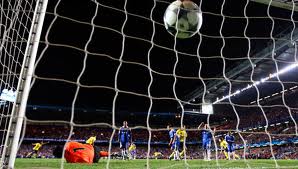 Last issue we talked about the importance of performance coaching to get training to stick. And one of the best ways of doing that is by using the G.R.O.W. coaching model.
Last issue we talked about the importance of performance coaching to get training to stick. And one of the best ways of doing that is by using the G.R.O.W. coaching model.
G.R.O.W. stands for Goals, Reality, Options and Way Forward, and you would use G.R.O.W. as a tool to coach improvements to behaviors and performance that you’ve personally observed after training has taken place.
Let’s say you’ve trained your team in customer-service skills, and then you observe a customer interaction with one of your agents. This interaction could be a phone conversation that you’ve monitored, it could be a face-to-face desk-side support situation, or even an email correspondence or a chat session.
The point is the agent has already been trained in the skills needed to make this interaction an exceptional customer-service experience, and your job is to reinforce those skills and develop them into a competency. To do that you’ll want to sit down with that team member after the interaction is over and take him through the G.R.O.W. coaching process.
Start with the Goal—Your task here is to remind them of the customer-service goals—and the associated skills—that they learned in training. Always begin your coaching session by noting one or two positive things they did during that interaction. This may not always be easy, but try to find something you can praise about their performance. By doing this, you’ll break down any walls of defense that are naturally raised when they figure out they’re about to be coached on their skills.
So say something like,
Sarah, as you know I monitored some of your customer calls this morning. I just want to say I’m really impressed by your ability to stay focused through difficult calls and the way you move those calls toward a resolution.
But then clarify the customer-service goals—
Sarah, as you know through the training you attended, one of our goals is to promote a customer service culture through improved communication and business partnering with our customers. And as you learned, interactions like you had this morning are a great opportunity to reinforce our commitment to customer-service excellence.
By stating it in this way you’ll immediately call to mind the training Sarah attended, and remind her of the things she should be doing to reach that goal. You’ll also have established a basis for coaching improvements to her customer-service skills, to her communication style, and to her overall message.
Well, that wraps up this edition of the SupportEDGE. Be sure to catch us next time when we’ll continue with the next step of the G.R.O.W. process. Until then, be sure all your customer-service initiatives are performance-driven and outcomes-based.
~ES









